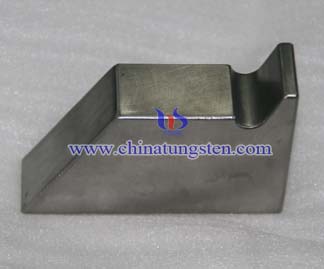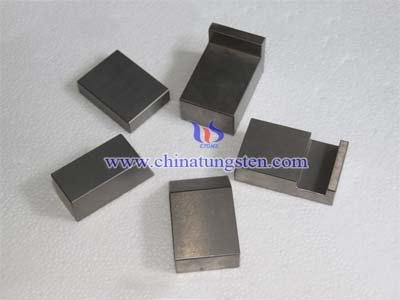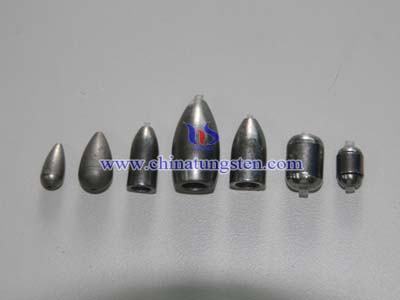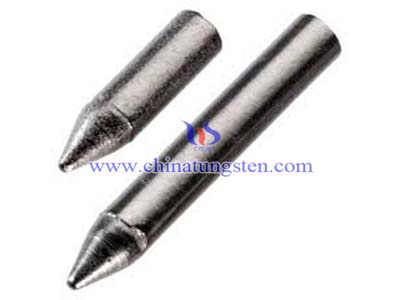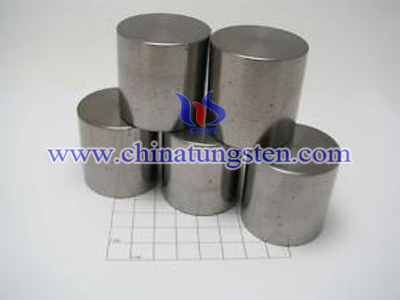Working Principle of Bucking Bar
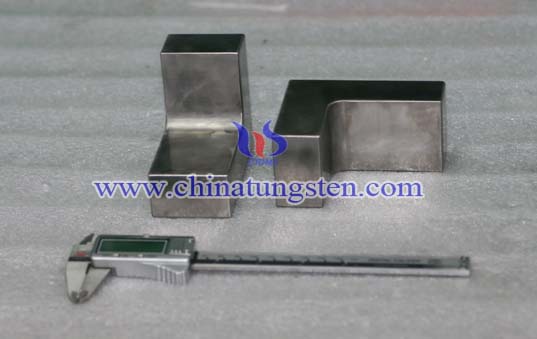
The bucking bar may be secured in a bench vice and, with the components positioned by hand; rivets are set with a gun held in the other hand. The main advantage here is that the bar is stationary and the components may be more easily held and positioned for riveting.
Bucking bar orientation
Rest bucking bar on inserted rivet and try to locate its point of balance.
With gun set in place, use bucking bar to push rivet (and gun assembly) outward. Bucking bar will then register at right angles to the rivet as it comes to rest on the aluminum.
Push rivet back into place with gun set and reposition bucking bar, if necessary, to maintain its point of balance on the rivet. (repeat steps 2and 3until point of balance is determined). Often the index finger can be placed on the back of the bucking bar directly opposite the rivet tail. It then becomes the ‘sensor’ for correct bar position.
Pressure is held on gun while riveting. Bucking bar is held with only moderate force (otherwise rivet may be set with head proud of surface). A rubber grommet may be used over the rivet tail to assist in squeezing parts together during riveting. It acts as a ‘pressure plate’ .
Duration of riveting is determined by experimentation with a test piece or previous.

